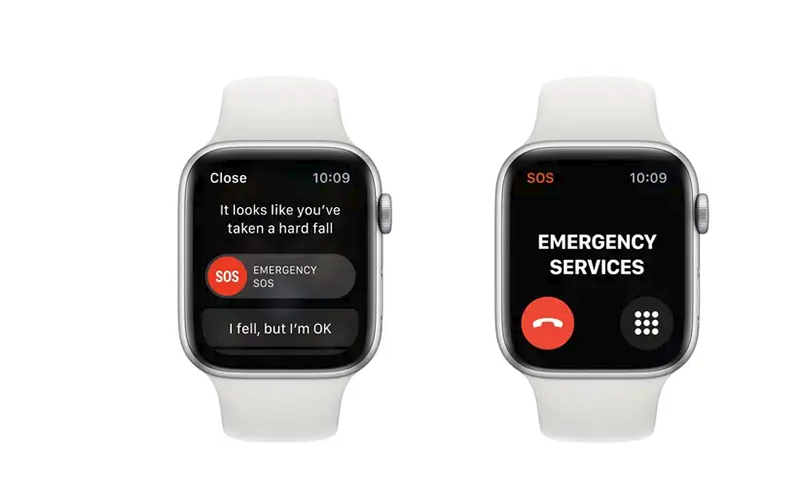Among the elderly, a substantial health problem is falling. Around one-third of senior citizens (aged 65 or over) experience at least one fall per year, and the frequency increases to 50% for those aged over 85 years.
Fall risk assessment is a useful prevention tool that identifies elderly individuals with high fall risks, and it can help for diagnosis and selection of appropriate interventions to ultimately reduce the occurrence of falls.
Related FallCall Launches Personal Emergency Response System App for Apple Watch and iPhone
Popularity of wearable devices are growing rapidly. These devices fitted with sensors like, accelerometers, gyroscopes, magnetometers, interface pressure sensors, goniometers, could provide a quantifiable, objective indication of fall risk in the elderly population outside of the research laboratory.
Researchers from Korea Advanced Institute of Science and Technology (KAIST) in Daejeon, South Korea, conducted a study to verify whether it is possible to distinguish accurately between older fallers and non-fallers, based on data from wearable inertial sensors collected during a specially designed test battery.
The research team comprised of Hai Qiu, Rana Zia Ur Rehman, Xiaoqun Yu and Shuping Xiong, and the findings were published in the journal Nature.

For their study, the researchers recruited 196 community-dwelling Korean older women. All women were aged 65 years or over and were living independently in the community. The women were divided into two groups: 82 were categorized as fallers and 114 were categorized as non-fallers based on their prior history of falls.
Researchers utilized innovative method for multifactorial fall risk assessment based on data from wearable inertial sensors, collected during a specially designed set of tests.
All participants performed the seven subtests sequentially and completed the test within 30 minutes. Six machine learning models were used for faller classification.
Results showed that compared with non-fallers, fallers performed significantly worse on the test. In addition, the application of sensor data and support vector machine for faller classification achieved an overall accuracy of 89.4% with 92.7% sensitivity and 84.9% specificity. These findings suggest that wearable inertial sensor-based systems show promise for elderly fall risk assessment, which could be implemented in clinical practice to identify “at-risk” individuals reliably to promote proactive fall prevention.
Related New Smart Socks Help Prevent Patient Falls
The researchers believe results from this work may be used to develop a wearable inertial sensor based multifactorial fall risk assessment system for identifying older individuals at risk of falling reliably for proactive fall prevention, thus help to reduce the fall risk for not only improving the quality of life of the general elderly population, but also reducing costs in healthcare systems.












